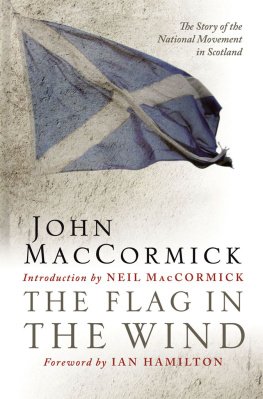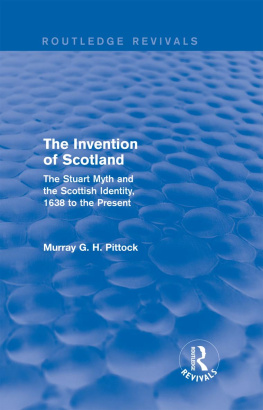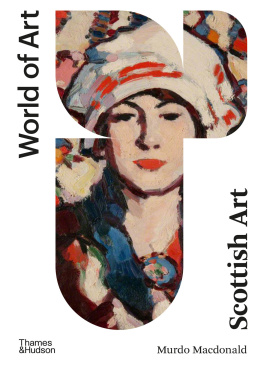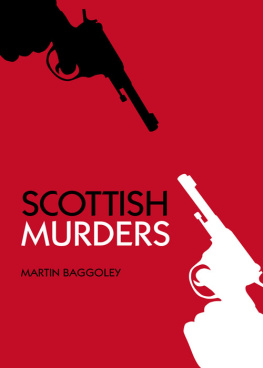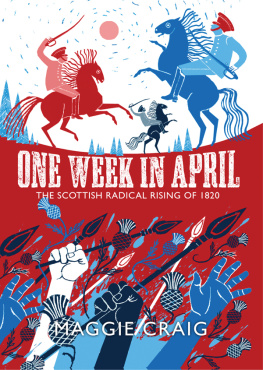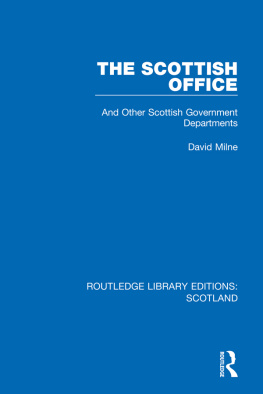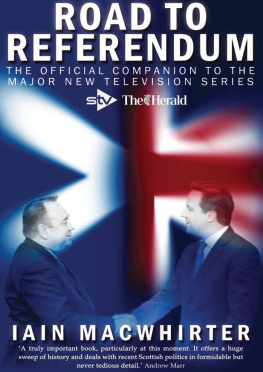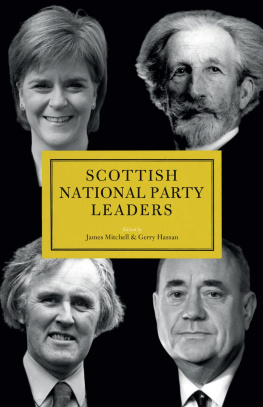THE FLAG IN THE WIND

This eBook edition published in 2013 by
Birlinn Limited
West Newington House
Newington Road
Edinburgh
EH9 1QS
www.birlinn.co.uk
First published in 1955 by Victor Gollancz Ltd, London
This edition first published in 2008 by Birlinn Ltd
Copyright the Estate of John MacCormick, 2008
Introduction copyright Neil MacCormick, 2008
Foreword copyright Ian Hamilton, 2008
All rights reserved. No part of this publication may be reproduced, stored or transmitted in any form without the express written permission of the publisher.
ISBN: 978-1-84158-780-6
eBook ISBN: 978-0-85790-741-7
British Library Cataloguing-in-Publication Data
A catalogue record for this book is available from the British Library
FOREWORD
Remember John MacCormick
I N 1948 I WAS demobilized from the armed Forces and was looking for inspiration. I found it in John MacCormick.
I met him in the street and with the boldness of youth stopped him and gave him my views. He gave me his. Soon I was lying in wait for him. Then I became a visitor to his house. He was a dreamer and so was I. Above all we dreamed of a Scotland with its old self confidence. He financed the Stone of Destiny foray and tended its aftermath. That was a minor symbolic gesture. Our next one was the Queens Title action of 1953. We dreamed it up one spring day on the banks of Loch Lomond.
When George VI died his daughter took Elizabeth II as her title. There never had been a first Elizabeth, except in England, and the numeral gave great offence. It suggested that Scotland had been incorporated into England. The Stone of Destiny had brought us to the publics attention and they looked to us for leadership. John and I raised an action in the Court of Session seeking to interdict the Queen from calling herself Elizabeth II. So far as the title went we failed. Instead we got a judgment about the nature of the Union which went far further than we had hoped. Lord Cooper, the Lord President of the Court of Session said,
... considering that the union legislation extinguished the Parliaments of Scotland and of England and replaced them with a new parliament, I have difficulty in seeing why it should have been supposed that the new Parliament of Great Britain must inherit all the peculiar characteristics of the English Parliament but none of the Scottish Parliament as if all that happened in 1707 was that... Scottish representatives were admitted to the Parliament of England. That is not what was done.
In short, Scotland had not been incorporated into England. This doesnt seem much today. In 1953 it was revolutionary. It was what John and a few others had been saying for twenty-five years. It was a victory. Another was to follow.
A year later, on being called to the Scottish bar, I had to swear allegiance to the Crown, I refused to take the oath in proper form, that is to Elizabeth II. I was told that if I didnt I could never become an advocate. It was a bitter, lonely time. It took more courage than anything I did at Westminster Abbey. I stuck it out until they backed down. The Queens title in Scotland became Elizabeth without the appendage of a numeral and has remained so ever since. What we failed to get in our legal action we now had won elsewhere. In 1954 this was a step too far. The great in the land felt that a divine institution had been tarnished and its power in some way diminished. A human sacrifice was needed.
The Royalists closed ranks. They sent me to Coventry but I survived. They turned on John. He was sacked from his partnership in the law firm he had founded. He had known of this risk and had chosen to run it. He applied to join the bar where I was already fighting for survival. In the vast portfolio of learning then required for entrance to the Faculty of Advocates he lacked one minor examination pass. It was within the power of the Dean of Faculty to grant an exemption which John, an established and distinguished lawyer, had every reason to expect. Alas the Dean too had recently been advocating reform in the Scottish constitution. If he were thought to be favouring John MacCormick he might never be made a judge. He refused the dispensation. Moreover he intimated that John would have to attend classes before he could sit the required examination. As John had until recently been Rector of Glasgow University this was a deliberate attempt at a petty humiliation. It was beyond endurance. He was left jobless. He died broken in health, but not in spirit, a few years later. I miss him still.
Sixty and more years ago there were few people who stood up for Scotland. The Stone itself might have been the end of John yet he took the risk. We both knew there was even greater risk in attacking royalty. I was young and would survive, but John was middle-aged with a family to support. The great and the good feared him as a danger to their mediocrity. They smothered him to death.
His son Neil describes elsewhere in these pages how John was a good father to his children. He was much more than that. He was father to the Scottish nation we know today.
Remember John MacCormick
Ian Hamilton
August 2008
INTRODUCTION
J OHN M AC C ORMICK WAS BORN in 1904 and died in 1961. Through his short lifes work, he contributed greatly to transforming Scots self-understanding of their own country and its potential place in the world. There were two main phases of this. The first ran from 1928 through till 1942, when he played a decisive part in establishing first the National Party of Scotland (192834) and then, by merger with the Scottish Party, the Scottish National Party, which has since 2007 become the governing party in the Scottish Parliament. This indeed represents a massive growth from the condition of the still rather small and electorally unsuccessful SNP of the 1930s.
The second phase followed a schism in the SNP in 1942, with the subsequent foundation by John MacCormick and his associates of the Scottish Convention as an all-party and non-party umbrella organisation for Scottish Home Rule. After the end of the 193945 war, the Convention organised a series of widely representative Scottish National Assemblies, and at the 1949 Assembly, the Scottish Covenant was launched. This was an engagement among its signatories to do all within our power to secure a re-established Scottish Parliament for Scottish affairs, and it achieved within two years signatures from something approaching two thirds of the Scottish electorate. This was a remarkable feat of consciousness-raising, though it was not immediately effective in prompting more than a considerable expansion of administrative devolution to the Scottish Office.
Two high-visibility events occurred during and in the aftermath of the main Covenant campaign. One was the removal of the Stone of Destiny from Westminster, in which MacCormick played a significant part, especially after the arrival of the Stone in Scotland. The second, in 19523, was the challenge mounted to the numeral II chosen for the title of the new Queen, Elizabeth, on the death of her father, George VI, in 1952. The challenge to this by MacCormick and Ian Hamilton in the Court of Session, and the celebrated judgment by Lord Cooper in MacCormick v Lord Advocate, shook to the core prevailing British constitutional theory. It raised real doubts about the absolute sovereignty of Parliament in light of the potentially binding effect of the Treaty of Union of 1707 in its provisions in favour of Scottish laws and institutions. The case remains after fifty years a landmark in our constitutional law and history.

